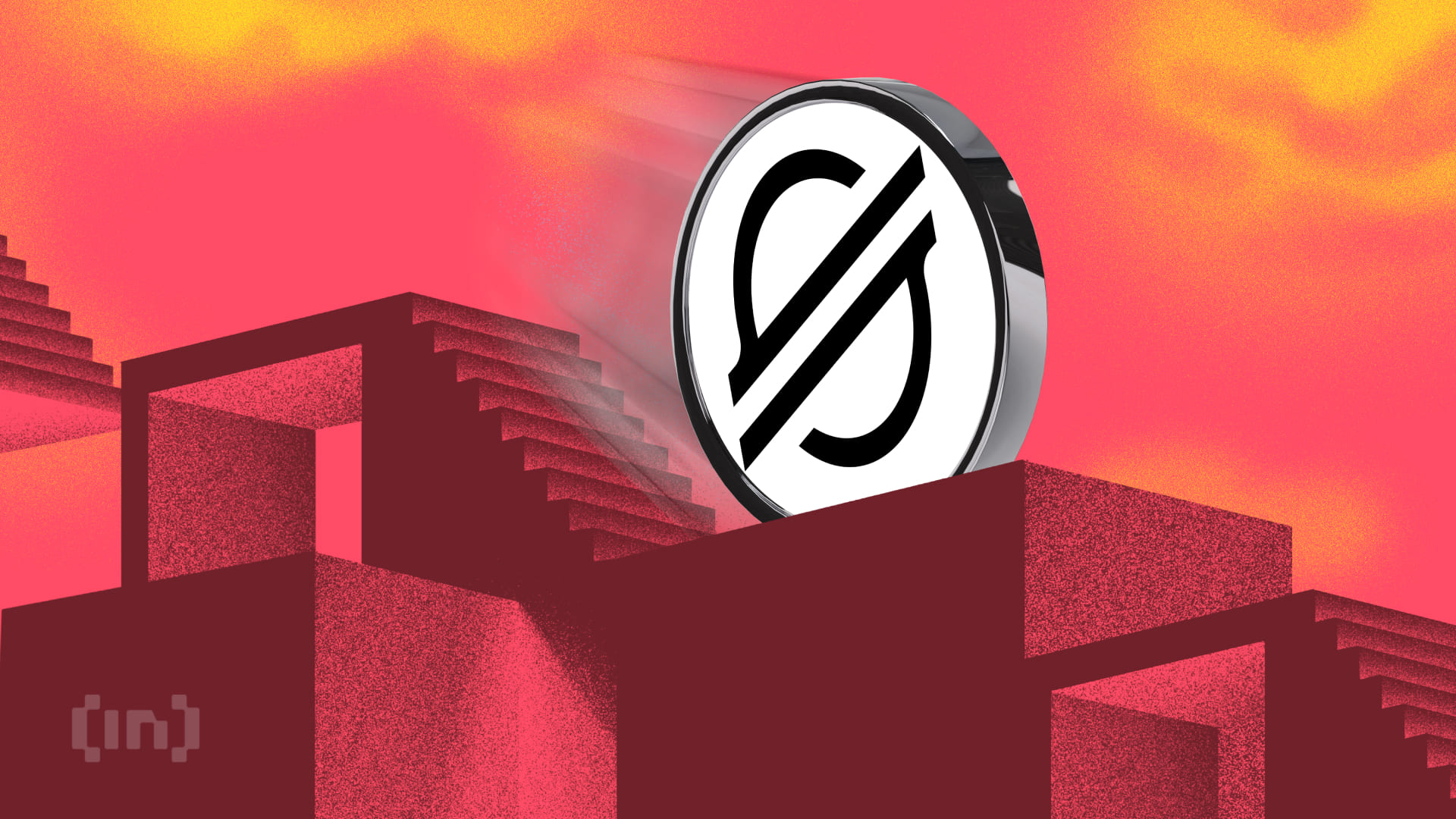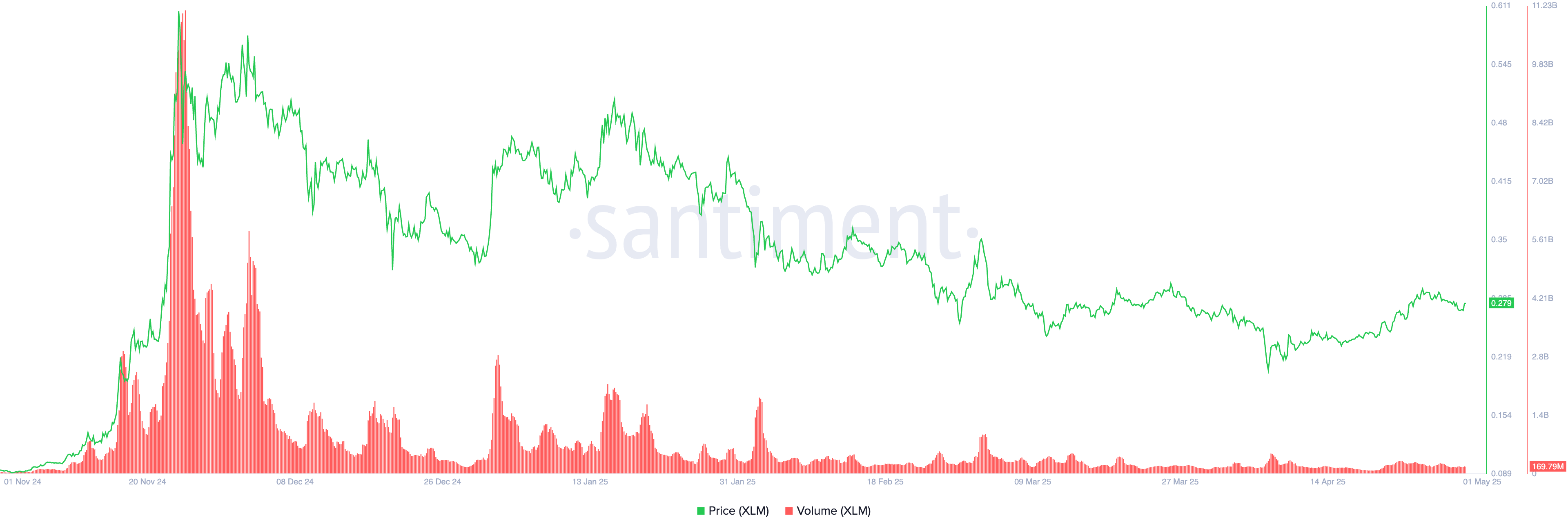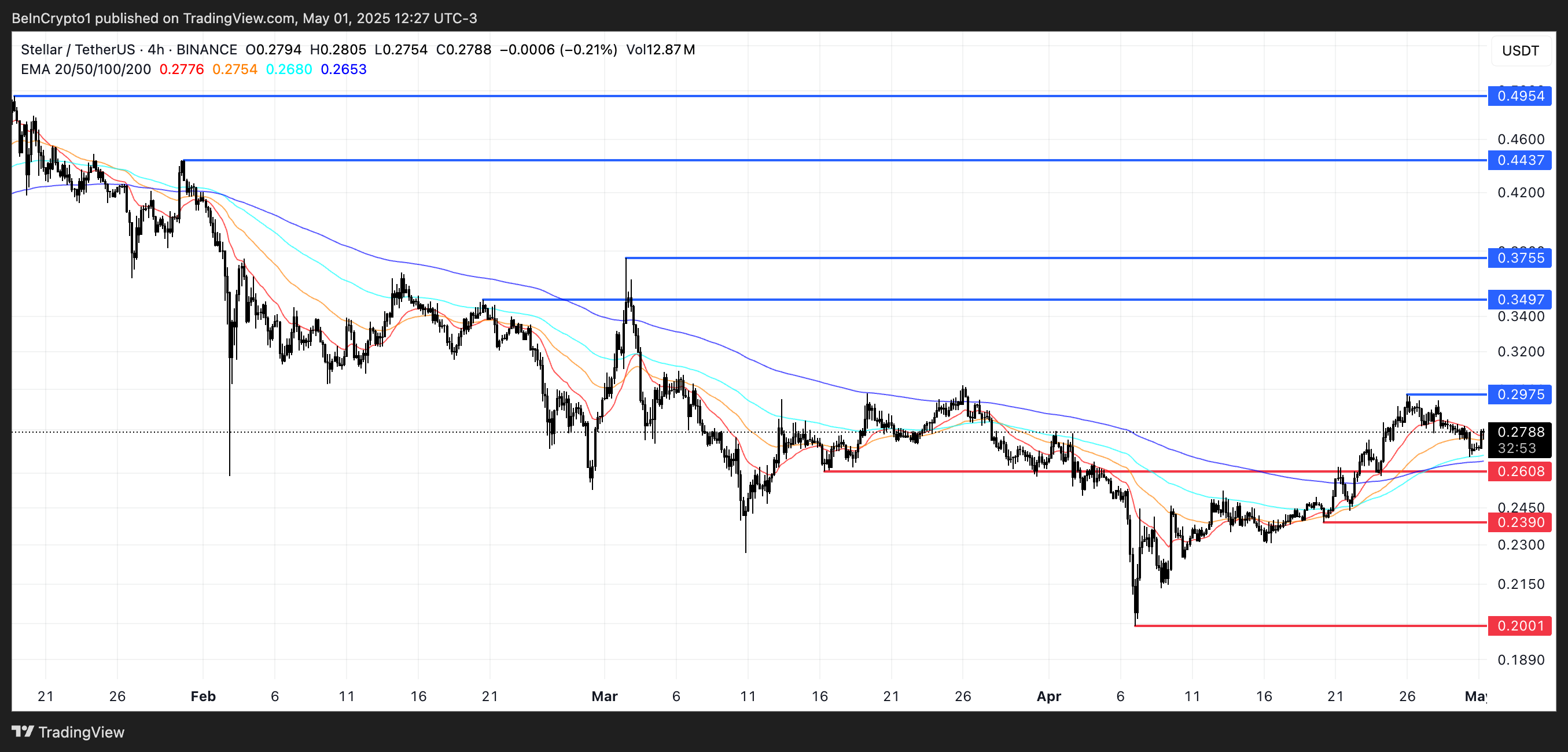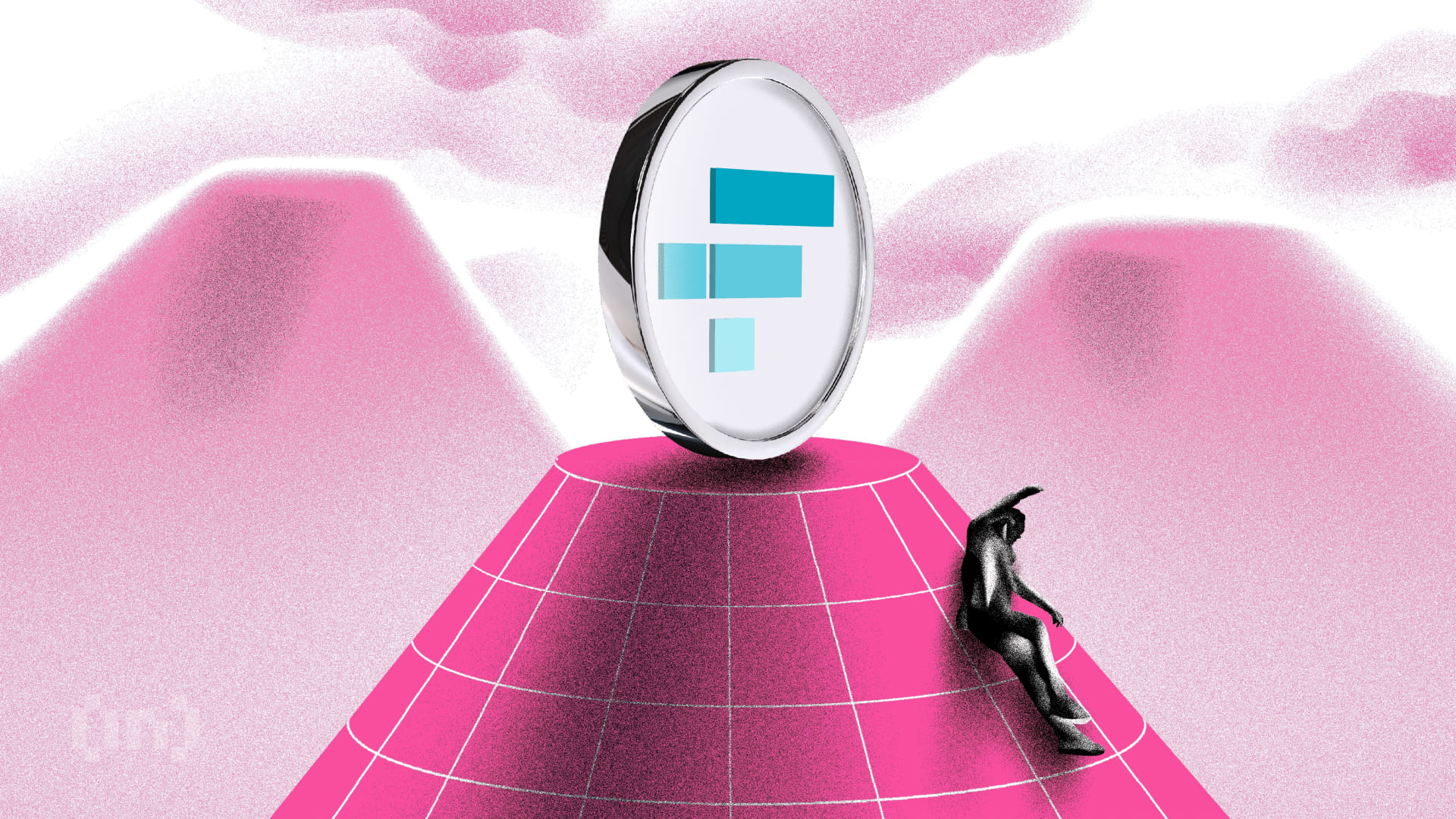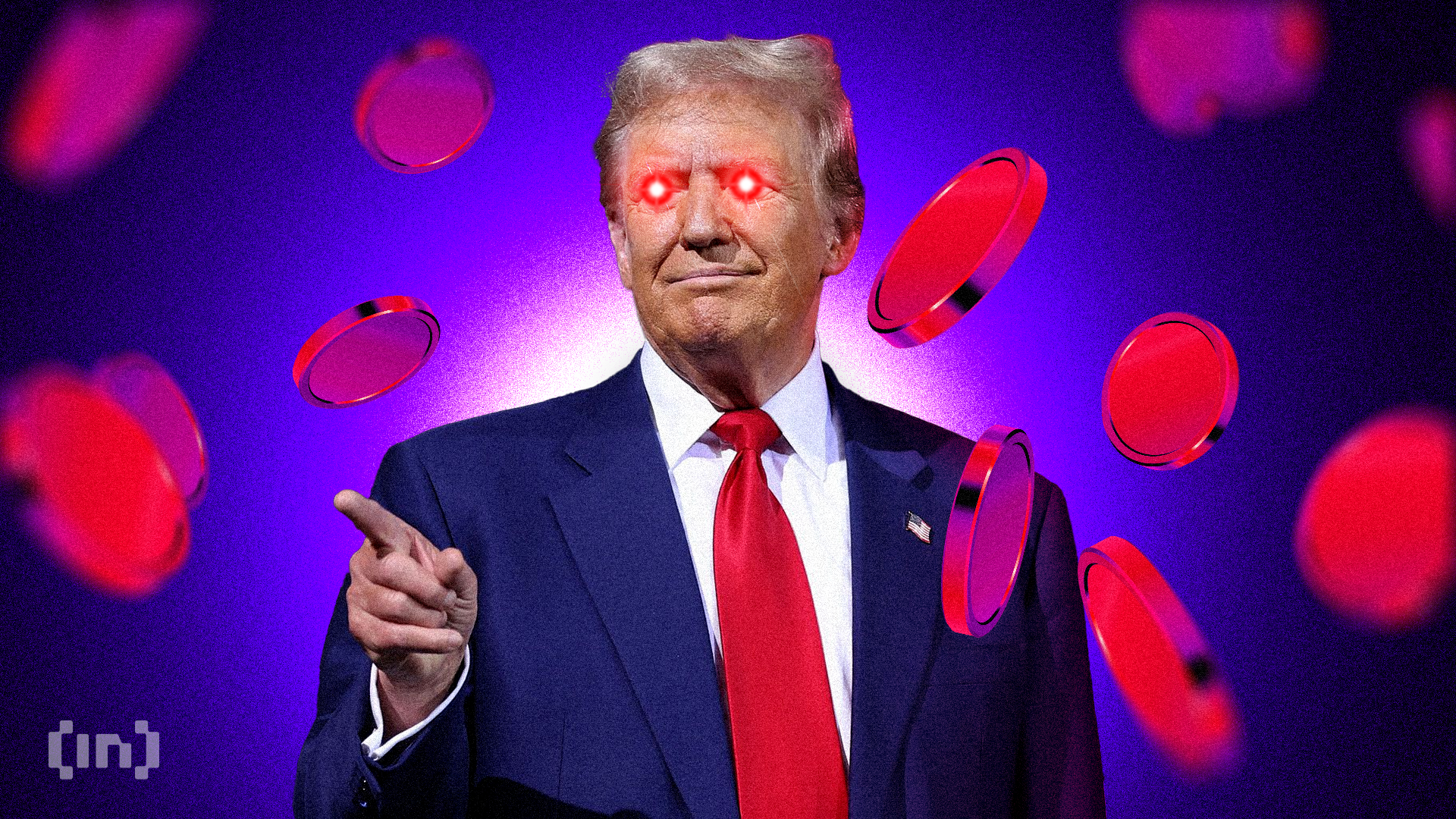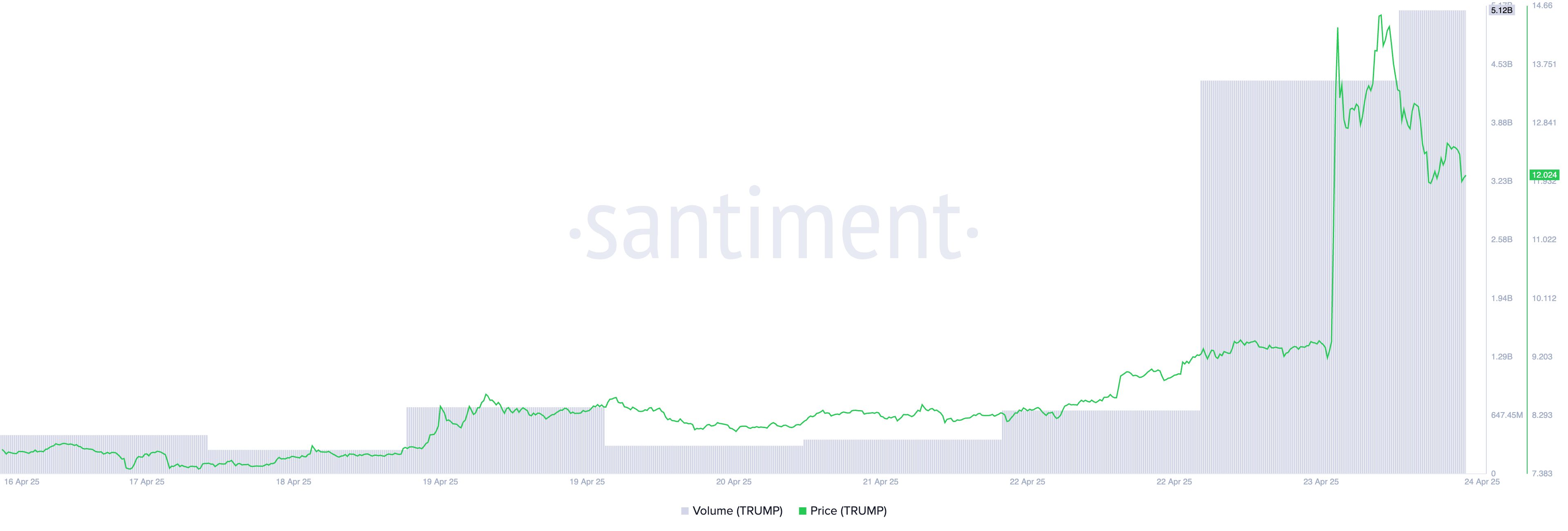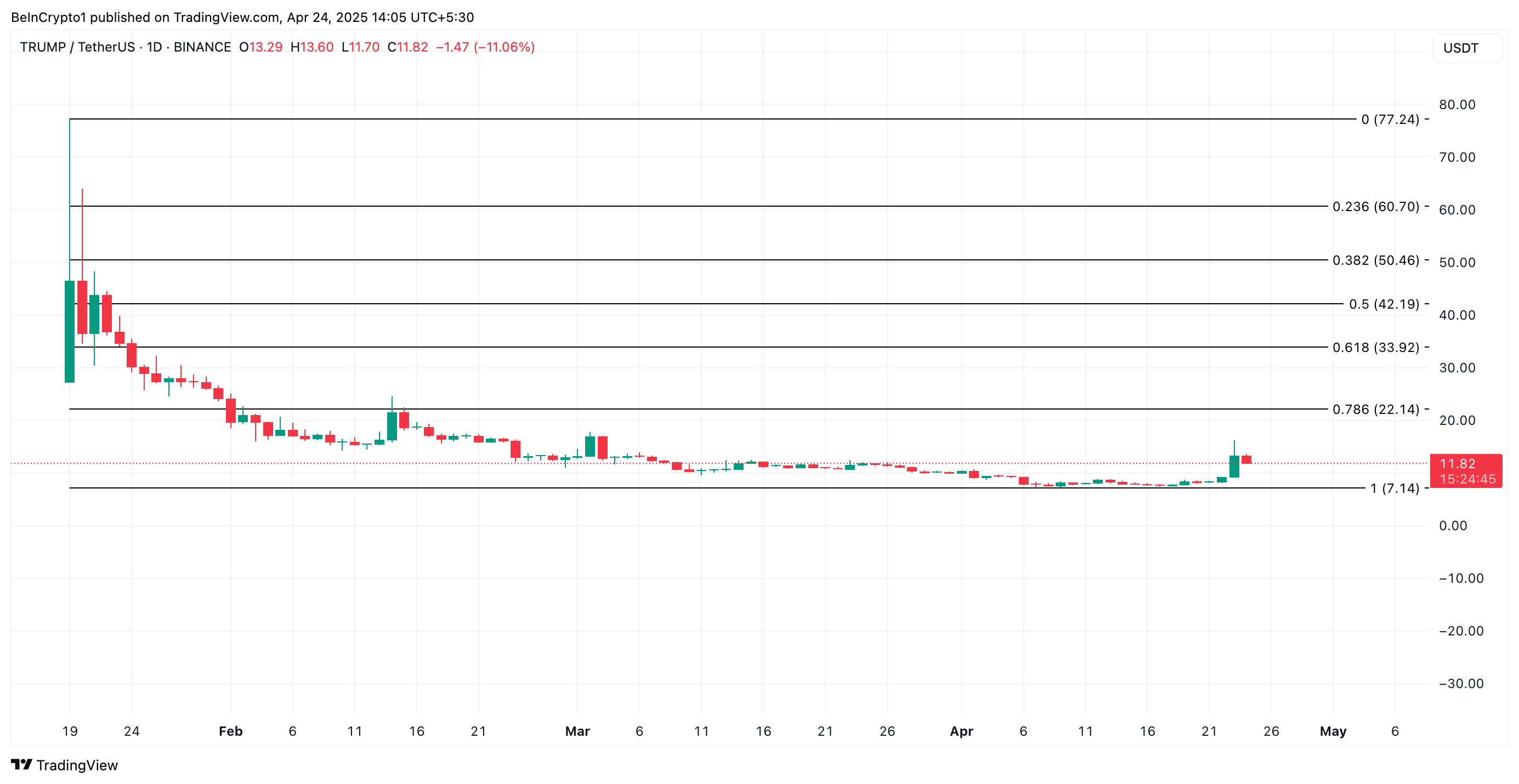In an electrifying presentation that drew over three million viewers, CEO Elon Musk revealed Tesla’s groundbreaking self-driving vehicles, including the much-anticipated Robotaxi and Robovan, during the company’s We, Robot event held at Warner Bros. Studios in Los Angeles. With an aim to reshape urban transportation, Musk envisions a world where the roads reflect a vibrant future, rather than the dystopian landscapes often depicted in science fiction classics like Blade Runner.
A Shift in Transportation Paradigm
Musk’s vision transcends the typical image of autonomous vehicles. “One of the things that we want to do, and we’ve seen this with the Cybertruck,” Musk stated, “is to change the look of the roads. The future should look like the future.” This philosophy was echoed throughout the event, emphasizing a transportation landscape filled with excitement and innovation.
During the presentation, Tesla showcased an impressive fleet of 50 fully autonomous vehicles, designed without traditional controls like steering wheels or pedals. These vehicles are a testament to Tesla’s advancements in self-driving technology and its commitment to safety. Musk claimed that Tesla’s autonomous vehicles, bolstered by AI and computer vision technology trained on data from millions of existing Tesla cars, could be 10 to 30 times safer than human drivers.
For prospective buyers, Musk revealed that the new cybercab will retail for under $30,000, making it an accessible option for many. He announced plans to launch fully autonomous driving capabilities in California and Texas by 2025 for the Model 3 and Model Y, with the cybercab entering production in 2026. Notably, Musk also introduced the Robovan, capable of transporting up to 20 people or a significant amount of goods, thus addressing the growing demand for versatile and efficient transportation solutions.
Innovations in Charging and Design
A particularly intriguing aspect of the new vehicle lineup is the absence of a plug for the cybercab. Instead, Tesla is pioneering inductive charging technology, enhancing convenience and efficiency for users. While the innovation drew cheers from the audience, some viewers raised concerns about the legal implications of vehicles lacking steering wheels. Musk reassured attendees that Tesla’s approach is centered around advanced AI solutions, requiring minimal additional equipment and thereby reducing production costs.
In addition to the self-driving vehicles, Musk discussed the company’s developments in the Optimus robots, designed to perform a variety of tasks at an affordable price range of $20,000 to $30,000. By leveraging technologies initially developed for Tesla cars—such as batteries, software, and AI inference—Musk asserted that these robots could revolutionize the market. He foresees a future where the proliferation of robots drives down the costs of products and services, ultimately ushering in an “age of abundance.”
A Glorious Future Ahead
Musk concluded the event with an inspiring vision for urban landscapes transformed by autonomous vehicles. He anticipates that these innovations will allow cities to repurpose parking lots and garages into green spaces, thereby enhancing the quality of urban life. “I think it’s going to be a glorious future,” Musk declared, “It’s gonna be really something special.”
Also Read: Warren Buffett Boosts Cash Reserves To $280B, Raises $1.9B In Samurai Bonds
As Tesla continues to innovate and redefine transportation, the implications of these advancements could be profound, not only for the automotive industry but also for how we envision and interact with our cities in the years to come.


